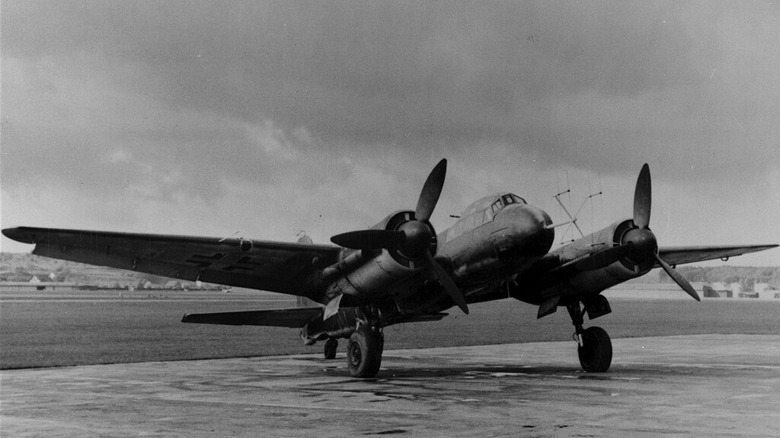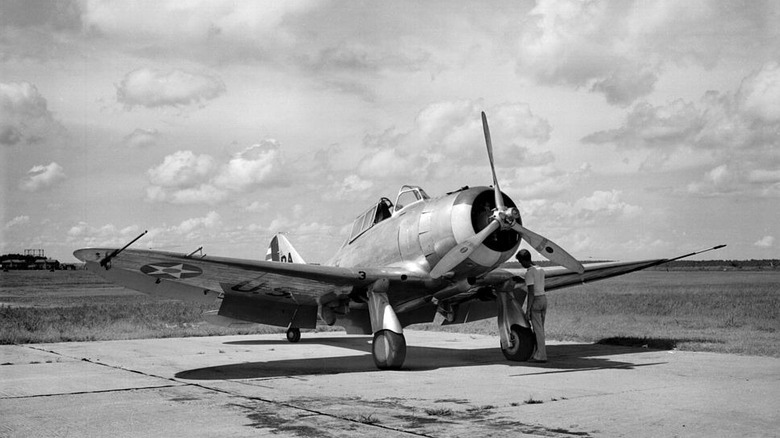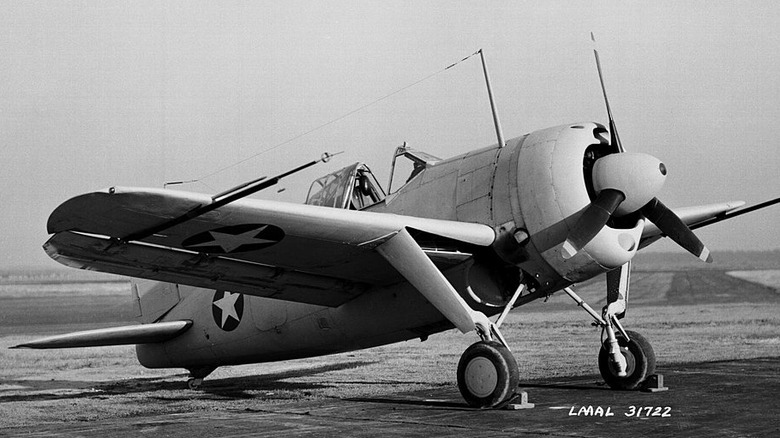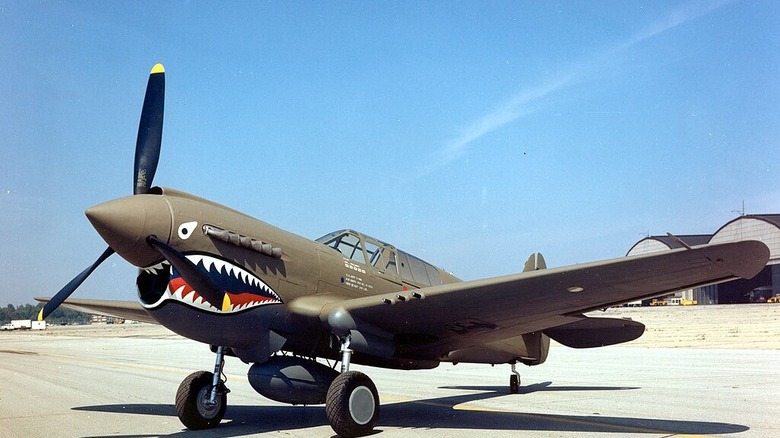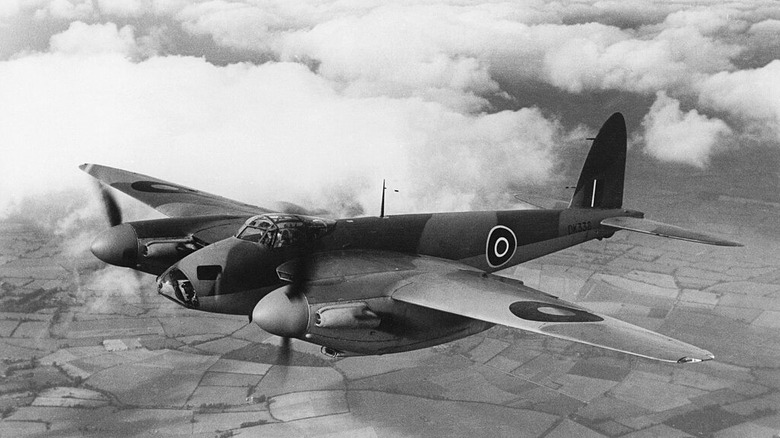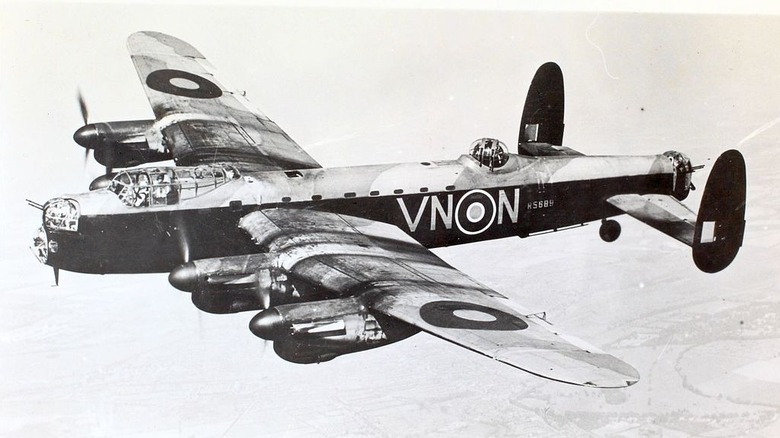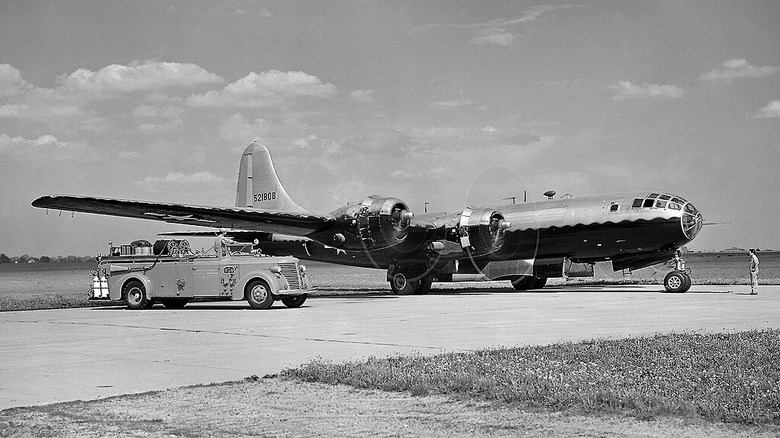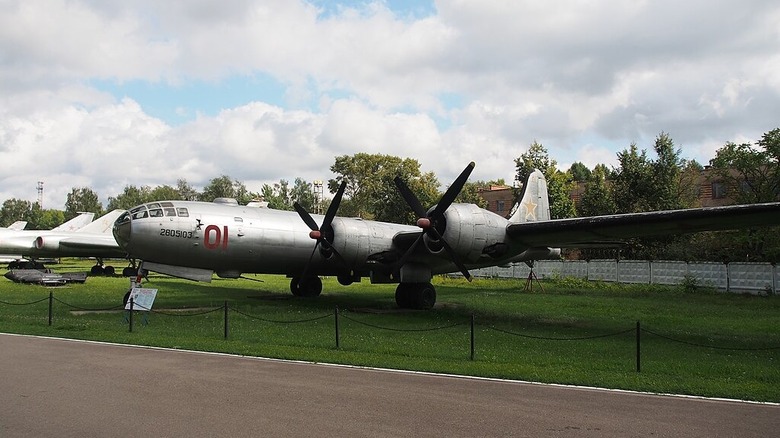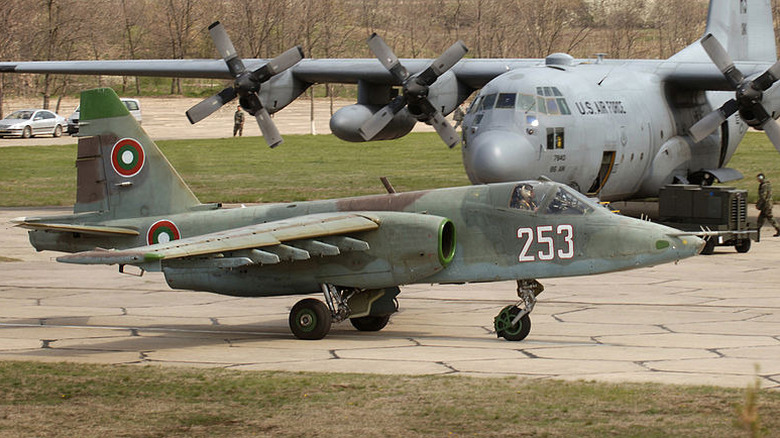10 Most Boring Warplane Designs Ever Made
Though some of the United States' military planes today can look intimidating, appearances aren't everything. Performance is generally the priority because warplanes need to be fast, maneuverable, and capable of carrying heavy loads, regardless of which nation is developing them.
Countries around the world design warplanes for speed and power, often drawing inspiration from their adversaries' planes. In general, warplane designs tend to prioritize functionality over aesthetic appeal. Especially in cases where a country is aiming to drop bombs, warplanes need to be rugged, fast, and not necessarily noticeable or flashy. In fact, blending in or even being ugly could be an advantage.
A cool design might be a detriment to a plane that's tasked with the job of silently dropping bombs, though there are definitely some fighter jets today that are both flashy and full of firepower. In contrast, while these warplanes may have accomplished impressive feats, we would argue that their designs are still rather uninspiring.
Junkers Ju 88
In 1936, the Junkers Ju 88 took to the skies for the first time, and it was a revolutionary plane for its time. Each plane carried six machine guns, which could explain the somewhat boring design. The goal was to pack as much firepower into the aircraft as possible, to the point where the entire plane weighed 26,700 pounds. Yet the Ju 88 could maintain a cruising speed of 225 mph with ease and even reach maximum speeds of around 295 mph.
About 15,000 Junkers Ju 88s were built, and by the end of the Second World War, plenty of them were still flying. Although the Junkers Ju 88 was one of the most notable aircraft in the Battle of Britain, the design was clearly more functional than aesthetic. The German plane could dive bomb, perform reconnaissance, and destroy tanks, and it didn't have to look good to get the job done, especially when it served as an unpiloted missile.
Clearly, the Ju 88 was innovative for its time. Since aesthetics have changed over the years (just look at, for example, the F-35, which is considered the most advanced jet today), the Ju 88 is, comparatively, fairly boring.
Seversky P-35
Not only was the Seversky P-35 one of the worst fighter planes in WWII, but it wasn't much to look at. When it rolled off the line in 1937, the P-35 was an innovation. It was all metal, with an enclosed cockpit and retractable landing gear. The United States wasn't the only country to use the planes in its military either; Sweden and Japan also ordered some. Though those planes had some modifications — Sweden's were P-35As, while Japan ordered two-seater planes — all are lumped together in the same category.
The P-35 is another older plane that, by the design standards of its bygone era, may have been impressive. Today, though, its looks and technical specifications are less so. With a top speed of 280 mph, the P-35 couldn't hold a candle to modern planes, though its 320-pound bomb capacity was a plus back in the '40s.
Today, the only known surviving P-35 is on display at the National Museum of the United States Air Force in Ohio, and it didn't arrive in pristine condition. The plane at the museum had to be restored before it could go on display, but it is said to have been flown in the Philippines in 1941.
Brewster F2A Buffalo
The F2A Buffalo is not much to look at, whether you compare it to planes of the same era or modern-day warplanes. One of the most boring-looking fighter planes of World War II, the Brewster F2A Buffalo was not very effective as a fighter aircraft. Although it was meant to replace the Grumman F3F, even back then, the airframe was not widely acclaimed. It was introduced in 1939, and a modified version participated in the Second World War.
Although the F2A was used to defend the island of Midway at that famous battle, it was the last time it saw combat action. Going up against warplanes like the Aichi D2A1 and Mitsubishi A6M, the Buffalo couldn't really compete.
Looking at it now, the design might remind you a bit of a bumblebee, with a rounded and heavy-looking aesthetic that doesn't exactly scream fighter plane. It did have four onboard guns and a bay for a 500-pound bomb, but that was part of the problem. Various design revisions resulted in the Buffalo being clunky and overweight, and it was eventually relegated to serving as a training plane and completing ground-based tasks.
Curtiss P-40 Warhawk
It was one of the fastest fighter planes in WWII, but the Curtiss P-40 Warhawk's design isn't much to write home about. Another all-metal fighter, the Warhawk has a tough name, but painting a mouth full of sharp teeth on it doesn't make the plane more intimidating. While its contribution during World War II is inarguable, the planes were clearly designed to be rugged and tough, rather than a design masterpiece. Some might think it looks great, but to the untrained eye, the Warhawk could be miscategorized as a boring plane.
Like other warplanes, the Warhawk had a serious job to do, and it did that job all over the world. While the Curtiss P-40 design originated in the U.S., 28 different countries eventually adopted it into their respective air forces. Although its dependability was never called into question, the Warhawk was quickly outdated by new models and upgrades emerging from wartime factories, and it was also harder to operate. That didn't stop the U.S. from building over 14,000 of them, though, and using them to carry up to 700 pounds of bombs per mission.
De Havilland Mosquito
When comparing the De Havilland Mosquito — AKA the DH.98 Mosquito — to its peers, it lacks a little pizazz when it comes to looks. For example, the Lockheed P-38 Lightning accomplished major feats during the Battle of the Pacific in WWII, but it did so in a much flashier way than the Mosquito. That said, the plywood-and-balsa Mosquito was an impressive part of the Royal Air Force, though the British Air Ministry initially did not want to build a full fleet.
Ultimately, at least 42 variations of the Mosquito were designed and built, and they participated in a broad range of air missions. The Mosquito served as a bomber, performed long-range reconnaissance, and operated equally well in both day and night. Interestingly, the design originated in the civilian world and was inspired by both the Comet and Albatross.
All of that to say, calling the Mosquito boring in appearance doesn't mean it didn't perform admirably. But if you judge based on looks alone, you might not think much of the Mosquito if you didn't know about its wild history.
Avro Lancaster
The Royal Air Force calls the Avro Lancaster the "most famous and successful RAF heavy bomber of World War Two," but that doesn't mean its looks are going to win any beauty prizes. Up close, especially, the plane might feel a bit uninspiring, given its bulk.
By looking at it, you might not realize that the lumpy plane houses a number of .303 machine guns. The Lancaster also carried a crew of seven, with three turrets in total, though some models were also fitted with a belly turret substitute known as the dustbin. An Avro Lancaster could accommodate as much as 22,000 pounds of bombs and was far more successful than the plane it descended from (the Avro Manchester).
Despite its beluga whale-like appearance, the Lancaster holds great significance for the British military. It completed many important missions, flying mostly at night, although only 7,377 were built in total. One of the only two remaining airworthy Lancasters participates in the Battle of Britain Memorial Flight to this day.
Boeing B-29 Superfortress
The U.S. invested a lot of money in the Boeing B-29 Superfortress, and even today, its reputation precedes it. The Superfortress was, at the time, the most advanced bomber in the world. That didn't mean it looked very fancy, though. Especially when compared to modern bombers, the B-29 looks unassuming.
It almost looks more like a passenger plane than a warplane, and by looks alone, the average person probably wouldn't give a Superfortress a second look. Of course, those in the know would recognize the significance of the epic warplane that all but single-handedly ended World War II in Japan. The B-29 was deployed over Japan, and although one early mission during a monsoon resulted in the loss of 17 lives and five planes, it was considered successful.
From there, the B-29 had a significant part in bringing the conflict in Japan to an end as the country was bombed by hundreds of the unassuming warplanes. In the end, it was a pair of modified B-29 Superfortress bombers that dropped the atomic bombs on Japan.
Tupolev Tu-4
Given the success of the Superfortress, it's unsurprising that another country decided to imitate the design. The Tu-4 was the Soviets' answer to the Superfortress. Although it may not have looked like much, the plane developed quite a reputation. The Superfortress was equipped with the first remote-controlled guns and additional tools for navigation and bomb dropping with greater precision. The Soviet Union wanted to lift some of that newfangled technology from the B-29 bomber, but since most of the conflict was happening over Japan, it didn't have many opportunities to acquire one.
However, five B-29 Superfortresses eventually made emergency landings in the Soviet Union, which gave the Soviets the opportunity to directly reverse-engineer the plane, the result of which was eventually dubbed the Tu-4. Over 800 were manufactured between 1947 and 1952, but some are still on display today. Apart from a few minor differences, such as the cheaper and thinner aluminum on the Tu-4's ceiling, the B-29 and Tu-4 were nearly identical. The Soviets dropped their own atomic test bomb with a Tu–4, and the plane's production also led to the Tu-95, a strategic bomber. Arguably more interesting to look at, the Tu-95 also had a longer range and heavier payload than its predecessor.
Dornier Do-31
The Dornier Do-31 was the world's first — and still its only — VTOL jet transport. Though it's a powerhouse in terms of speed and capacity, its design isn't as thrilling. The metal exterior and flat nose definitely have a utilitarian vibe. That makes sense, given that the point of the Do-31 was to transport troops and cargo. Given the Do-31's mission, it required backup engines in case of failure, especially since the plane had only wing-mounted engines. The resulting wingtip pods, containing turbojets, didn't do much for aesthetics, but they did serve a purpose.
All the design choices together, though, make the Dornier Do-31 look bulky and more like a flying Airstream trailer than one of the most innovative planes of its era. Still, the Do-31 broke records, managed some impressive engineering feats (even if only in cold weather), and eventually went down in history as a promising yet unfinished project. Today, there are only two Do-31s that ever flew, and both are preserved and on display in German museums.
Sukhoi Su-25
The Sukhoi Su-25 is still commonly used around the world, but its lack of good looks is well-recognized. An answer to the U.S. military's A-10 Thunderbolt II, the Su-25 has been called a "nightmare," although it has also been labeled a "flying tank," similar to the A-10. Russia's Su-25, also known as the Frogfoot, was designed in the 1960s and remains in service today. Compared to the A-10, the Su-25 is not only faster, but also lighter and smaller. Although its lower weight impacts its fuel capacity, the Frogfoot has external fuel tanks, which provide a decent range. However, its lack of proper defenses resulted in it suffering failures and shoot-downs during the Soviet-Afghan War.
The aesthetic differences between the A-10 and the Su-25 might be part of the reason why the latter is considered unappealing. Of course, despite its lack of visual appeal, the Frogfoot is one of the most iconic ground attack military planes in history. The Frogfoot has achieved numerous successes with the Russian military, as well as other nations that operate the warplane in Asia and Africa.

